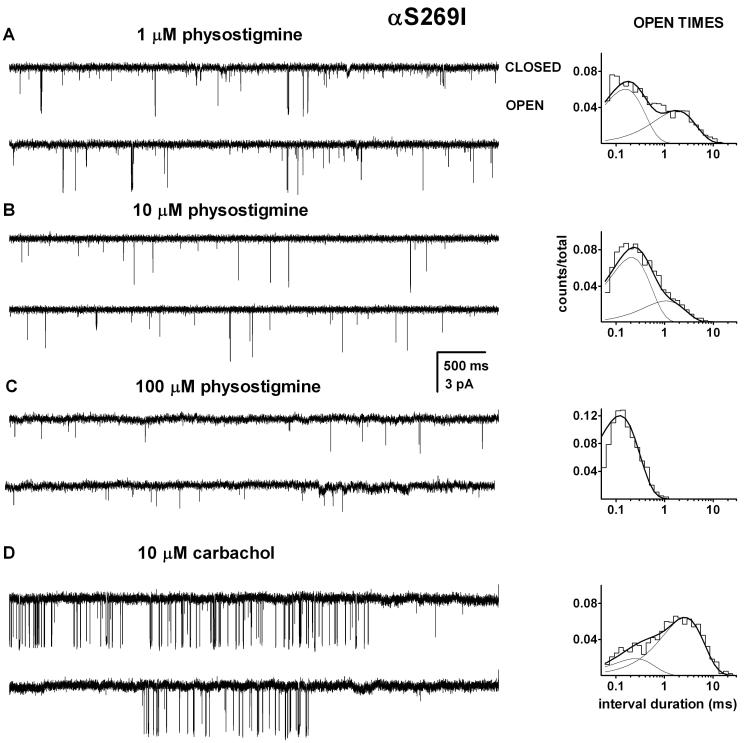Figure 3. Activation of the αS269I mutant receptor by physostigmine.
Single-channel currents and the respective open time histograms from patches exposed to 1 μM (A), 10 μM (B), 100 μM physostigmine (C) or 10 μM carbachol (D). The open times were prolonged compared to the wild type receptor, but no clustering behavior was observed. The open time histograms were fitted to sums of two exponentials (1 and 10 μM physostigmine and 10 μM carbachol) or a single exponential (100 μM physostigmine). The open times for these patches were: 1 μM physostigmine, 0.15 ms (60%) and 1.43 ms; 10 μM physostigmine, 0.19 ms (75%) and 0.96 ms; 100 μM physostigmine, 0.11 ms (100%); 10 μM carbachol 0.23 ms (23%) and 2.34 ms. Carbachol produced activity grouped in clusters. Due to lack of clusters of activity elicited by physostigmine and the uncertainty in the number of active receptors in the patch, the closed times were not analyzed. The mutation enhances the channel opening rate constant for nicotinic agonists and the APL galantamine. The lack of clusters in the presence of physostigmine suggests that physostigmine is a low efficacy agonist of the adult-type muscle nAChR.

